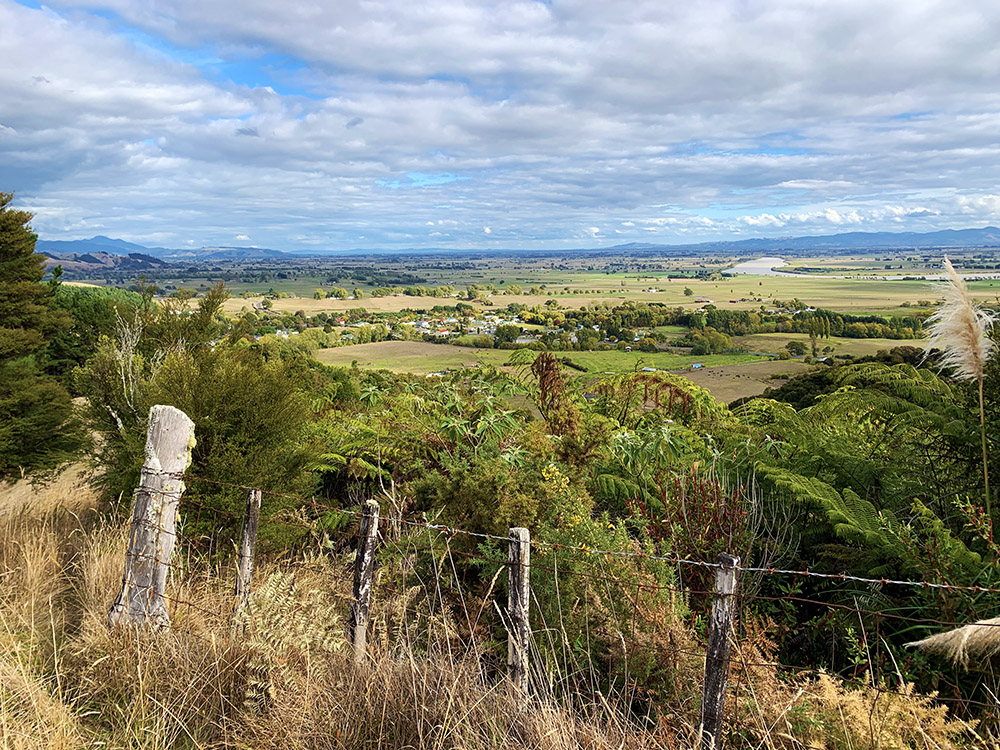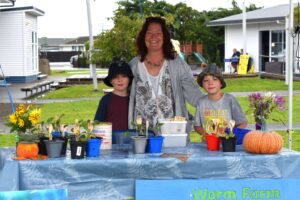A new biodiversity strategy that aims to enhance and protect the environment of Hauraki has elicited excitement from elected members.
The district council voted last month to develop the strategy, which staff say will provide “higher-level goals and guidance that will lead into specific actions”. These actions will then be put into action plans for implementation.
According to a report presented to councillors on March 29, the Hauraki district contained a broad range of habitats, flora, and fauna, and it was “essential” that staff manage them all appropriately.
Around 35,454 hectares (or 29 per cent) of the district was covered in indigenous vegetation and habitats, council said, while there were at least 200 significant natural areas covering 32,677 hectares, containing habitat for 49 nationally-threatened plants and animals.
These species included: long-tailed bats, kiwi, NZ falcon, giant kokopu, native frogs, king fern, various native orchids, and Sporodanthus ferrugineus – giant cane rush, found only in four places in Aotearoa.
“A number of nationally threatened vegetation units are under-represented within Hauraki,” the report said. “This is typical of districts with large components of flat and easy hill country, with
fertile soils which have been developed for agriculture.”
Historically, the entire Hauraki Plains most likely supported a mix of podocarp-dominant forests – containing kauri, kauri-beech and kahikatea – and raised peat bogs. The vast majority of this former forest cover has now been cleared to about one per cent of its former extent, with only small remnants, mainly kahikatea, surviving, mostly on the floodplains of the larger rivers and streams.
Waihī ward councillors Anne Marie Spicer and Sarah Holmes were excited about the strategy’s development and were “happy to support it”.
It will incorporate a Māori worldview, and it is hoped that it will be completed in time for the inclusion of actions in council’s Long Term Plan, due to be finalised in July, 2024.
Staff have applied for funding from the Lottery Environment and Heritage Fund for the
strategy’s development.

Around 35,454 hectares (or 29 per cent) of the Hauraki district was covered in indigenous vegetation and habitats, council said, while there were at least 200 significant natural areas covering 32,677 hectares, containing habitat for 49 nationally-threatened plants and animals.
FILE PHOTO
Hauraki develops biodiversity strategy




